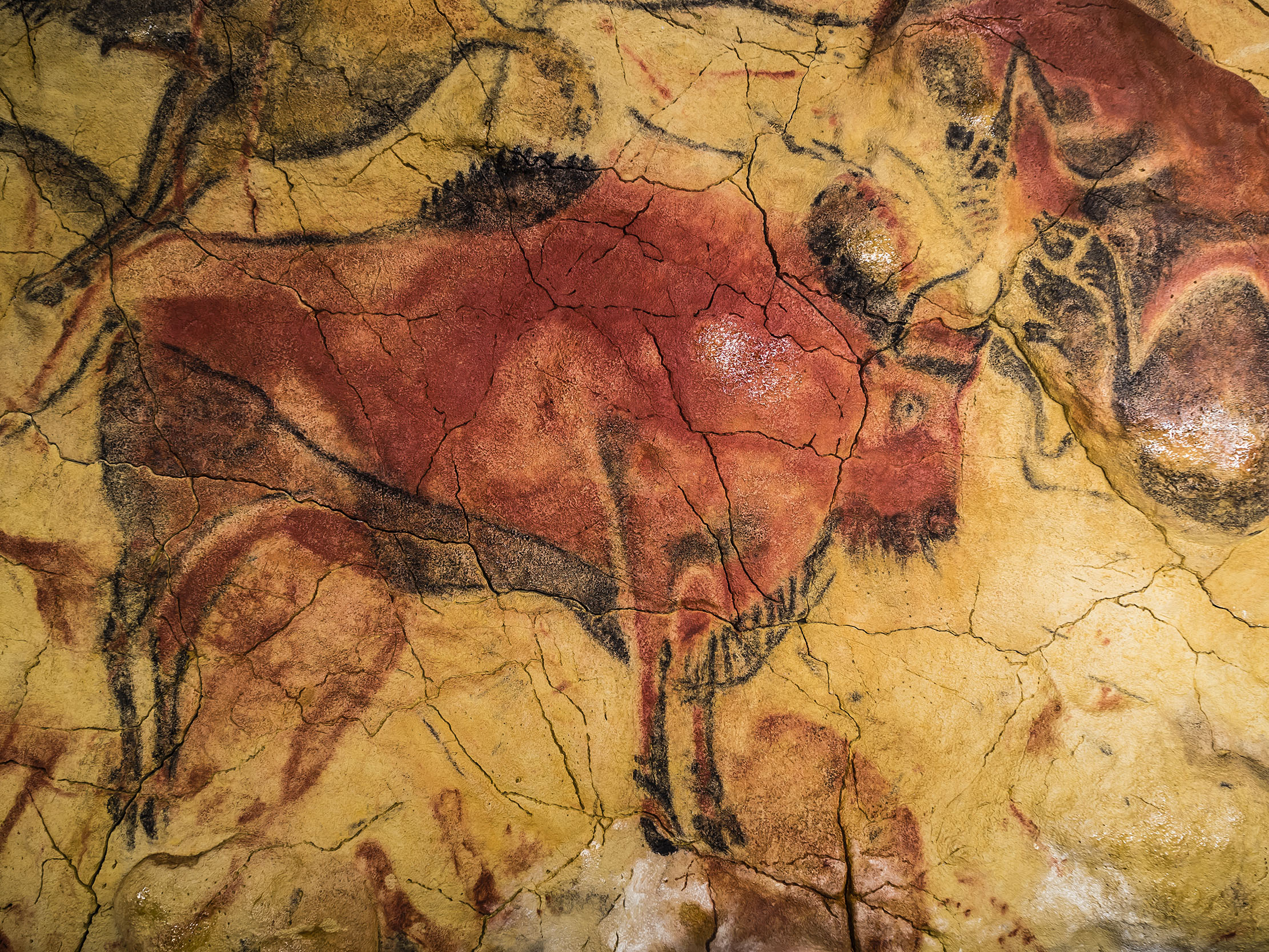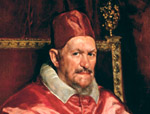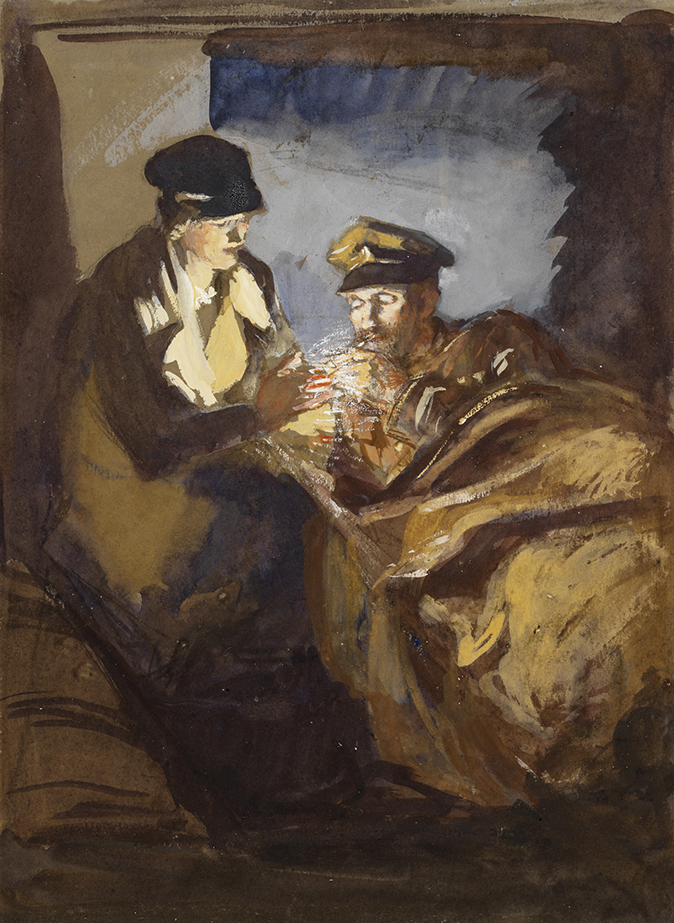My Favourite Painting: Julian Sands
The actor Julian Sands chooses one of art history's most extraordinary archaeological finds: the Steppe Bison painted at the Cave of Altamira, which he had the good fortune to see in person.


Julian Sands chooses Steppe Bison, by an artist unknown
"In 1973, when a mid-teenager on a Duke of Edinburgh Award camping trip in Northern Spain, I was lucky enough to explore the Cave of Altamira. I was stunned by the psychedelic colour, the power and the drama of the herds of bison roaming the cave walls, shepherded by the imprint of human hands vital and fresh after 35,000 years. Pure theatre. The memory fires my imagination to this day — a far more formative experience than first encounters with Cuba libres or Franco’s Guardia Civil down the road."
Actor Julian Sands is best known for his roles in Room with a View, The Killing Fields and Warlock.
John McEwen on the Cave of Altamira paintings
‘Look Papa! Oxen!’ exclaimed the daughter of Spanish landowner and amateur archaeologist Marcelino Sanz de Sautuola one day in 1879. In a newly revealed mountain cave, she saw extinct steppe bison painted using charcoal, ground ochre and hematite to create colours from pale yellow to red.
The cave proved to be two-thirds of a mile long, its main passage between 6½ft and 19½ft high. Human occupation was limited to its mouth, but not the paintings. They had been done from 35,000BC until a rock fall sealed the entrance in 11,000BC.
Sautuola and an archaeologist, Juan Vilanova y Piera, published a scientific paper claiming they were Palaeolithic, or prehistoric in layman’s terms. Lack of smoke traces made rival archaeologists say they were forgeries, but Sautuola and Piera proved that burnt marrow fat produced little soot compared with wood.
It took 20 years for their claim to be accepted, since when 200 other caves in northern Spain containing Palaeolithic wall paintings have been discovered, although none as spectacular as Altamira. Today, the public is excluded because of breath contamination. There are replicas of a section at the site and in the National Archaeological Museum in Madrid.
Pigmented hand prints have proved a particularly popular aspect of the Altamira paintings for modern artists. In 1949, an artists’ group, among them Joan Miró (1893–1983) and the Englishman Tony Stubbing (1921–83), formed the School of Altamira, which held discussions in the cave. Stubbing made his name with hand-print paintings, one of which provided the final illustration in Herbert Read’s A Concise History of Modern Painting (1959). Read wrote that the Altamira cave paintings ‘still convey a magical effect’.

Stephen Fry’s favourite painting
Stephen Fry shares why he loves this famous Velázquez painting of Pope Innocent X
Exquisite houses, the beauty of Nature, and how to get the most from your life, straight to your inbox.

My favourite painting: Sue Laing
'This picture both reminds me of her and throws into sharp relief the extraordinary advances made in military medicine and

My favourite painting: Nicholas Coleridge
Nicholas Coleridge chooses Maharana Jagat Singh attending an elephant fight by Syaji and Sukha as his favourite painting
Country Life is unlike any other magazine: the only glossy weekly on the newsstand and the only magazine that has been guest-edited by His Majesty The King not once, but twice. It is a celebration of modern rural life and all its diverse joys and pleasures — that was first published in Queen Victoria's Diamond Jubilee year. Our eclectic mixture of witty and informative content — from the most up-to-date property news and commentary and a coveted glimpse inside some of the UK's best houses and gardens, to gardening, the arts and interior design, written by experts in their field — still cannot be found in print or online, anywhere else.
